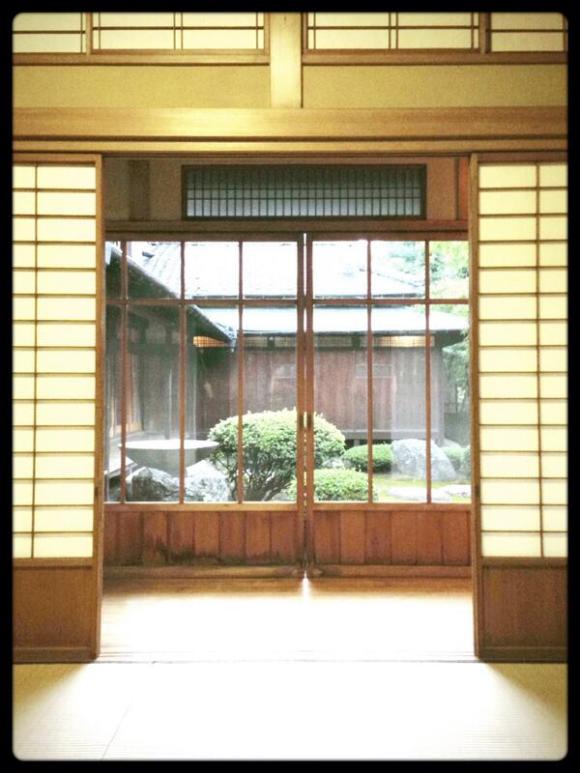
Most Japanese history buffs know that Kyoto is a must-see, but for those who prefer not to be one in a mob of tourists, it’s essential to find the hidden gems like the Kyū Asakura House. It is one of those rare places where you can experience what it may have felt like to live in another era—and this one is in the middle of Tokyo! Because it is relatively small and not too well known, visiting is a peaceful experience.
Built in 1919 (the eighth year of the Taisho era), this building was the former residence of the Asakura family. Torajirō Asakura had it constructed not only as a residence, but also as a place to hold formal meetings. He was the chairman of the Tokyo Prefectural Assembly as well as the Shibuya City Assembly, so you can see why he’d need rooms as large as the conference rooms that are so prominent in the floorplan. In 2004, it was designated as an Important Cultural Property and is now open to the public.
From the approach, you can appreciate the style typical of the period, with clay roof tiles and clapboard and stucco exterior walls.
Homes this lavish and elegant were rare even in the Taisho Era; only the rich would have been able to construct a mansion like this. It survived both the Great Kanto Earthquake in 1923 and the razing of Tokyo during World War II, so we’re lucky that it still stands today. The current caretakers do not take their role lightly—not only must you remove your shoes upon entry, but slippers are also banned to protect the floors.
The gardens are especially spectacular. You’d never think you’re in the middle of Tokyo with such lush plants growing so thickly!
The garden is also typical of the era: it is designed for strolling through, with a central pond and a path subtly created by changing the terrain with thoughtfully placed rocks and shrubs. The garden is also lined with stone lanterns and other elements that add to the picturesque qualities of the space.
▼ Even the mossy ground lends atmosphere.
The plants were also thoughtfully chosen, giving the inhabitants something to enjoy in each season—though visitors are most impressed by azaleas in spring and the bright red maple leaves in autumn.
Much of the charm comes from features that are unique to traditional Japanese buildings. Most of the rooms in the house are floored in tatami, woven reed mats. For those who have never had the pleasure of experiencing a tatami floor, it is firm but springy underfoot and perfumes the room with a sweet, grassy scent. The fragrance is most noticeable in the summer, but is the comforting smell of home year round for millions of Japanese residents.
▼ Did you just sigh? We sure did!
▼ This is the view from inside the Suginoma, or one of the “Cedar Rooms.”
▼ This is the same room as seen from the garden.
Another feature that adds enjoyment is the corridors that run alongside the outer walls.
▼ Fans of Akira Kurosawa films will be hearing the rustle of hakama right now.
▼ It’s not just the view that’s beautiful; the feeling of the old, polished wood floors through your socks is a pleasure.
It only costs 100 yen (US$1) for adults and 50 for children to gain entry, while people over 6o or with disabilities can come for free. For visitors who want to enjoy it frequently, a year pass is just 500 yen ($50). For a place that feels so remote, it is unbelievably easy to get to. It’s just a 5-minute walk from the Daikan’yama bus stop or Daikan’yama Station on the Toyoko Line or a 3-minute walk from the Hillside Terrace bus stop.
▼ Would you ever imagine you’d find such a gorgeous place in a neighborhood like this?
Now that you know about the Kyū Asakura House, you have no excuse not to stop by the next time you’re in Tokyo. You may never get another chance to step into old Japan!
Sources: Naver Matome, Shibuya City Office,
Images: Twitter, Shibuya City Office, 4travel, Twitter, Matome Naver, Twitter, Twitter, Matome Naver, Matome Naver, Matome Naver, Instagram, Matome Naver, Matome Naver

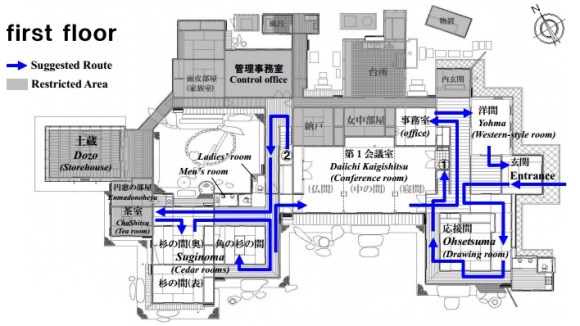
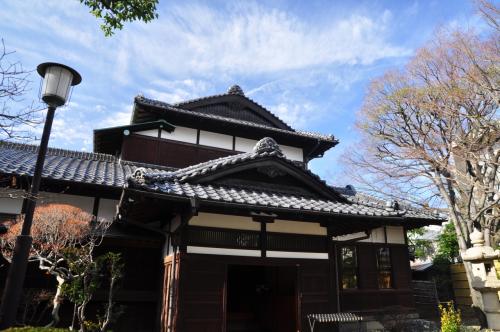
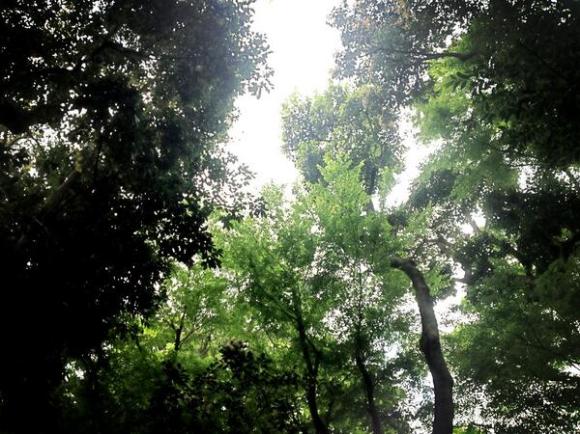
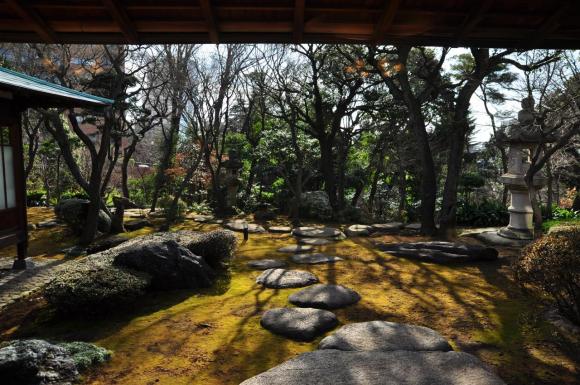
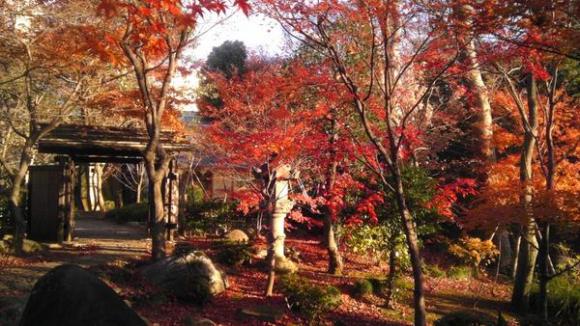
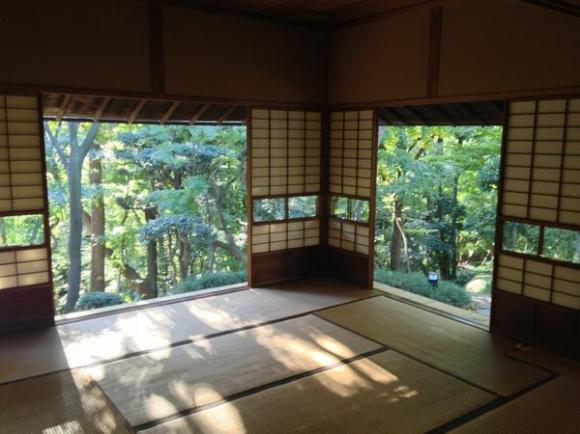
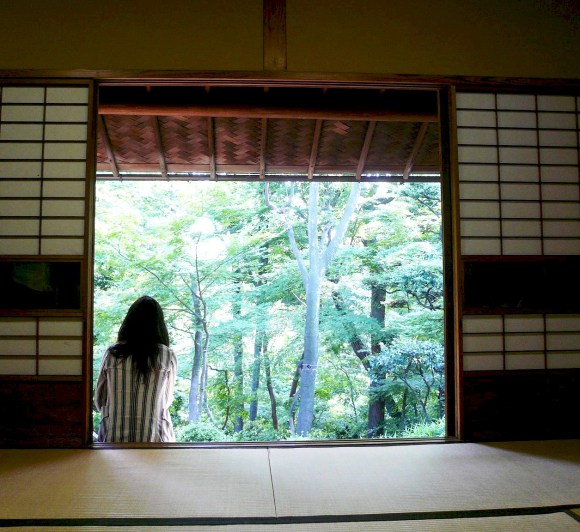

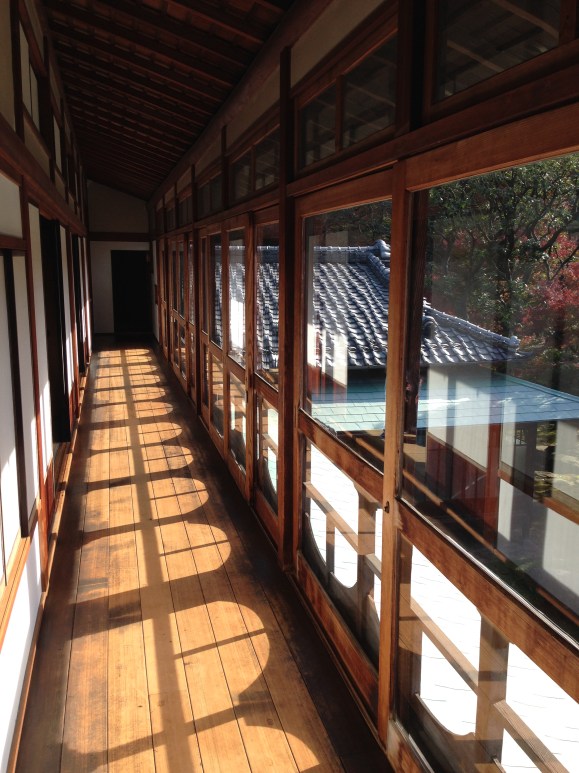
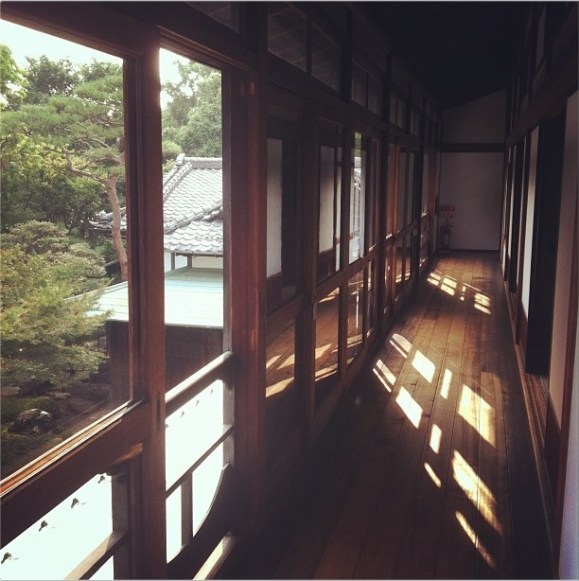
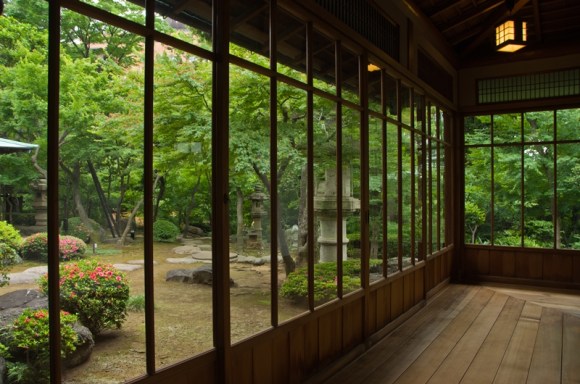
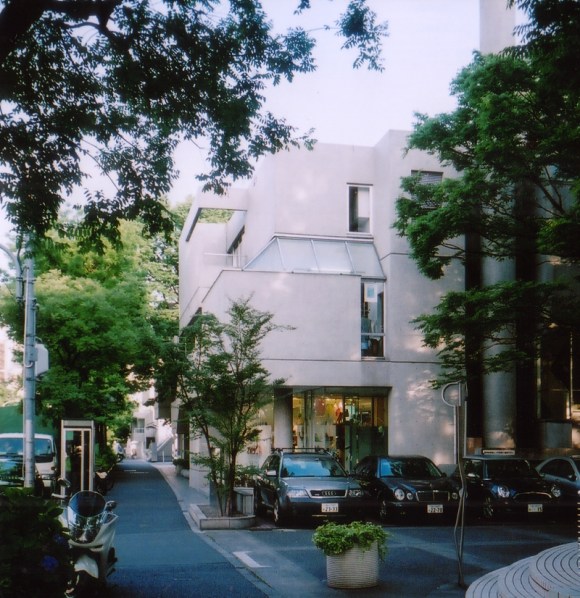
 Steam Garden 8: Travel through time at Tokyo’s premier steampunk event 【Photos】
Steam Garden 8: Travel through time at Tokyo’s premier steampunk event 【Photos】 Travel back in time to this timeless Japanese hot spring inn from the Taisho period【Photos】
Travel back in time to this timeless Japanese hot spring inn from the Taisho period【Photos】 Shibuya Loft’s new Mini Log House: The perfect hideaway for a stylish staycay
Shibuya Loft’s new Mini Log House: The perfect hideaway for a stylish staycay We take a trip around the archetypal rich kid house from anime, music videos and movies
We take a trip around the archetypal rich kid house from anime, music videos and movies Ruru Cafe Shibuya wows customers by serving coffee and sweets on unique water tables
Ruru Cafe Shibuya wows customers by serving coffee and sweets on unique water tables Starbucks Japan ready to get Year of the Horse started with adorable drinkware and plushies【Pics】
Starbucks Japan ready to get Year of the Horse started with adorable drinkware and plushies【Pics】 Japanese thug wear from Birth Japan perfect for those breaking bad next year
Japanese thug wear from Birth Japan perfect for those breaking bad next year The meaning of the mandarin and 6 other Japanese New Year traditions explained
The meaning of the mandarin and 6 other Japanese New Year traditions explained The 10 best hotel hot springs in Japan, as chosen by Japanese travelers
The 10 best hotel hot springs in Japan, as chosen by Japanese travelers How to take a bath for only 0.0000076 yen using ordinary plastic bottles
How to take a bath for only 0.0000076 yen using ordinary plastic bottles We found possibly the quietest Japanese-style hotel in Tokyo’s bustling Shinjuku district
We found possibly the quietest Japanese-style hotel in Tokyo’s bustling Shinjuku district We make a DIY face gel out of yuzu seeds, and it’s surprisingly cheap and easy!
We make a DIY face gel out of yuzu seeds, and it’s surprisingly cheap and easy! Eight Ways You Really, Really Shouldn’t Use a Japanese Toilet
Eight Ways You Really, Really Shouldn’t Use a Japanese Toilet “THIS is Pork!” 7-Eleven’s pre-made chashu pork is here to elevate your instant ramen【Taste test】
“THIS is Pork!” 7-Eleven’s pre-made chashu pork is here to elevate your instant ramen【Taste test】 Hello Kitty Choco Egg figures are an adorable trip through three periods of Japanese pop culture【Pics】
Hello Kitty Choco Egg figures are an adorable trip through three periods of Japanese pop culture【Pics】 7-Eleven Japan’s ramen-cooking robot whipped us up a bowl of noodles【Taste test】
7-Eleven Japan’s ramen-cooking robot whipped us up a bowl of noodles【Taste test】 Lacquerware supplier to emperor of Japan and Pokémon team up for new tableware
Lacquerware supplier to emperor of Japan and Pokémon team up for new tableware Cyberpunk anime meets traditional culture in Ghost in the Shell gold leaf Japanese changing screens
Cyberpunk anime meets traditional culture in Ghost in the Shell gold leaf Japanese changing screens 7 great places to see Mt. Fuji from without having to climb it
7 great places to see Mt. Fuji from without having to climb it Japan may add Japanese language proficiency, lifestyle classes to permanent foreign resident requirements
Japan may add Japanese language proficiency, lifestyle classes to permanent foreign resident requirements Japan’s otoshidama tradition of giving kids money at New Year’s gets a social welfare upgrade
Japan’s otoshidama tradition of giving kids money at New Year’s gets a social welfare upgrade Starbucks Japan releases new zodiac chilled cup drink for 2026
Starbucks Japan releases new zodiac chilled cup drink for 2026 Can a dirty butthole make you filthy rich in Japan? We’re starting a New Year’s lottery experiment
Can a dirty butthole make you filthy rich in Japan? We’re starting a New Year’s lottery experiment 7-Eleven Japan starts new temporary luggage storage service in over 300 branches
7-Eleven Japan starts new temporary luggage storage service in over 300 branches Disillusionment at Tsukiji’s tourist-target prices led us to a great ramen restaurant in Tokyo
Disillusionment at Tsukiji’s tourist-target prices led us to a great ramen restaurant in Tokyo Starbucks teams up with 166-year-old Kyoto doll maker for Year of the Horse decorations【Photos】
Starbucks teams up with 166-year-old Kyoto doll maker for Year of the Horse decorations【Photos】 Tokyo considering law requiring more trash cans following litter increase in heavily touristed area
Tokyo considering law requiring more trash cans following litter increase in heavily touristed area Tokyo’s Tsukiji sushi neighborhood asks tour groups to stay away for the rest of the month
Tokyo’s Tsukiji sushi neighborhood asks tour groups to stay away for the rest of the month Nintendo’s Kirby now delivering orders at Kura Sushi restaurants, but not in Japan
Nintendo’s Kirby now delivering orders at Kura Sushi restaurants, but not in Japan Tokyo event lets you travel back in time, for free, to celebrate 100 years since Showa era start
Tokyo event lets you travel back in time, for free, to celebrate 100 years since Showa era start Sanrio theme park in Japan announces plans to expand into a Sanrio resort
Sanrio theme park in Japan announces plans to expand into a Sanrio resort Stamina-destroying “Paralysis Noodles” are Tokyo’s newest over-the-top ramen innovation
Stamina-destroying “Paralysis Noodles” are Tokyo’s newest over-the-top ramen innovation Survey asks foreign tourists what bothered them in Japan, more than half gave same answer
Survey asks foreign tourists what bothered them in Japan, more than half gave same answer Japan’s human washing machines will go on sale to general public, demos to be held in Tokyo
Japan’s human washing machines will go on sale to general public, demos to be held in Tokyo Japan’s deadliest food claims more victims, but why do people keep eating it for New Year’s?
Japan’s deadliest food claims more victims, but why do people keep eating it for New Year’s? We deeply regret going into this tunnel on our walk in the mountains of Japan
We deeply regret going into this tunnel on our walk in the mountains of Japan Studio Ghibli releases Kodama forest spirits from Princess Mononoke to light up your home
Studio Ghibli releases Kodama forest spirits from Princess Mononoke to light up your home Major Japanese hotel chain says reservations via overseas booking sites may not be valid
Major Japanese hotel chain says reservations via overseas booking sites may not be valid Put sesame oil in your coffee? Japanese maker says it’s the best way to start your day【Taste test】
Put sesame oil in your coffee? Japanese maker says it’s the best way to start your day【Taste test】 No more using real katana for tourism activities, Japan’s National Police Agency says
No more using real katana for tourism activities, Japan’s National Police Agency says Starbucks Japan reveals new sakura drinkware collection, inspired by evening cherry blossoms
Starbucks Japan reveals new sakura drinkware collection, inspired by evening cherry blossoms Updated cherry blossom forecast shows extra-long sakura season for Japan this year
Updated cherry blossom forecast shows extra-long sakura season for Japan this year Japan travel: Best things to do, see and eat in Hagi and Yamaguchi City in Yamaguchi Prefecture
Japan travel: Best things to do, see and eat in Hagi and Yamaguchi City in Yamaguchi Prefecture Japan travel on a budget: Top 20 free attractions around the country, compiled by TripAdvisor
Japan travel on a budget: Top 20 free attractions around the country, compiled by TripAdvisor Beautiful Starbucks in Kyoto blends into its traditional landscape in more ways than one
Beautiful Starbucks in Kyoto blends into its traditional landscape in more ways than one Tomaya: The old Japanese inn that only accepts reservations by post
Tomaya: The old Japanese inn that only accepts reservations by post
Leave a Reply